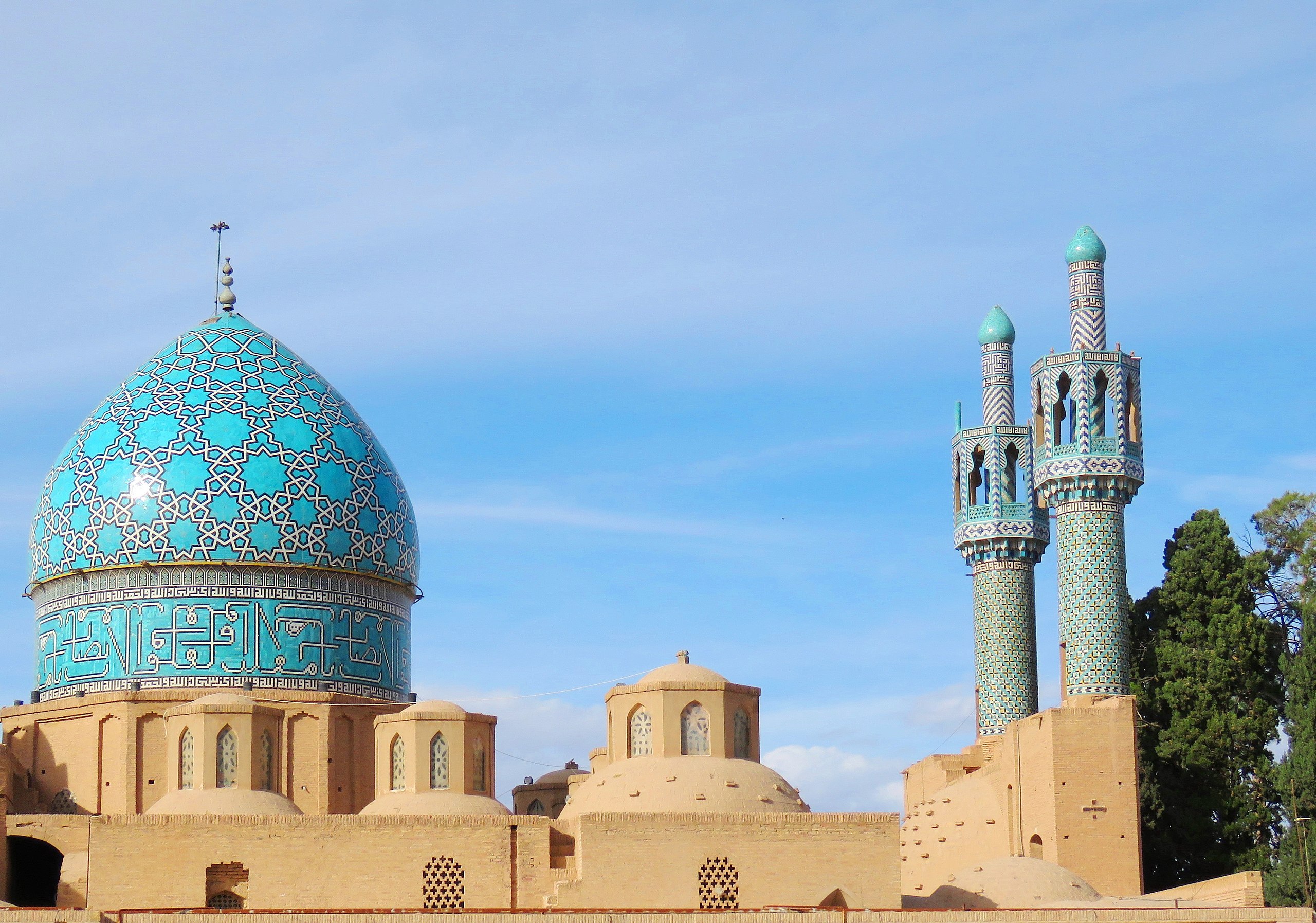
Persian Mysticism: Iran Mysticism Tour (Sufism & Mysticism in Iran)
“Servitude is a truth; the essence of which is divinity”. This quotation from Imam Jaafar Sadegh (A.S), the 6th Imam of Shia Muslims always makes me wonder. Divinity is the least found in our age, yet human beings are widespread all around the earth. Maybe that is one reason that there are conflicts everywhere. Maybe we have forgotten who we are and what is the truth beneath our physical borders, limitations, and differences. “We humans are more concerned with having than being” (Professor Norman, Lucy 2014). In this passage, we are not only going to talk about mysticism in Iran as luxurious knowledge of spirituality, but also it could be a chance for me and you both to think about the truth.
Contents
- 1 Persian Mysticism
- 2 Sufism and Mysticism in Iran
- 3 Mysticism in Iran and Iranian Mystics
- 4 Pantheism in Islamic Mysticism and Sufism in Iran
- 5 Sufism in Iran, and the Mystical Rituals
- 6 Spirituality and Mysticism in Iran
- 7 Mysticism in Iran and Famous Iranian Mystics
- 8 Famous Iranian Mystics – Rumi
- 9 Hafez
- 10 Famous Iranian Mystics and Poets – Saadi
- 11 Attar, Famous Iranian Mystic
- 12 Shah Nematollah Vali
- 13 Bayazid Bastami
- 14 Sheikh Bahai
Persian Mysticism
We can’t simply define mysticism. How can one define the abstract connection of humans with God? The question goes on seriously, what is God? Is God just the creator of everything or simply, God is everything? What happens when a limited human whose soul is imprisoned inside a weak physical corpus, falls in love with the truth? All these sophisticated questions could take us away from the true meaning of mysticism. Anyway, maybe we can pursue the life of Iranian mystics, and read more about what they did, what they said, and perhaps what they could see beneath the images.
What I have written in this passage, is a brief history of Iranian pure mysticism, in addition to some lessons I have learned in all years of researching Islamic mystical thoughts. Needless to say, in this passage, we are talking about pure mystical beliefs, not fake ones. Without a doubt when truth goes famous among the people, some wrongdoers commit errors, yet that is not a matter of our interest today.
Sufism and Mysticism in Iran
Iranian mystics are so popular among the people. What makes them famous is perhaps their books, thoughts, poems, philosophical ideologies, fruitful lifestyles, and good translations of pure religion. Mysticism and Sufism in Iran are used synonymously; though they are different. Sufism is the entrance of a long way, but mysticism is perhaps that long way of uprightness, honesty, serenity, and seeking the truth. A Sufi is a person who is eager for the truth and tries to seek his God. On the other hand, a mystic is a person who indeed is seeking God. How to distinct them? Only God is aware of humans’ hearts.
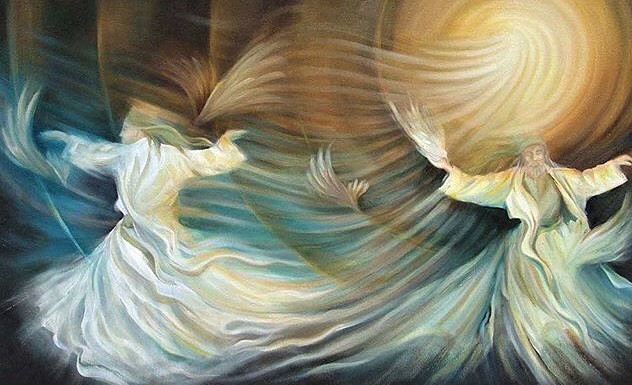
Mysticism in Iran and Iranian Mystics
Iranian mystics are mostly the famous figures of Islamic mysticism. Although religion and spirituality in Iran are older than the history of Islamic definitions in Iran, there is not much information from the ancient ages. Iranian mystics are mostly from the medieval golden ages of Islam. Back then Islamic spirituality was so mature, and it was so influenced by Iranian mystics and philosophers. Mysticism or so-called Sufism in Iran became so famous that Iranian Sufis and mystics became so famous and respected. Mystical beliefs and definitions found many followers and this fact led to the growth of spiritual art and literature in Iran.
Pantheism in Islamic Mysticism and Sufism in Iran
Mysticism in Iran, inspired by pure definitions of Islam is so associated with love. The purity of love is a major concept in Islamic mysticism. In the world of mysticism in Iran, a mystic is a pure lover of God who sees everything in a united existence. Intellectual Iranian mystics entered their thoughts and sublime translation of religion into philosophy. Iranian philosophers such as Avicenna were so influenced by Islamic mysticism in Iran that they based their major subject of philosophical theories on mystical definitions.
The mystical translations of the religion and Quran led the Iranian mystics to pantheism. The mystical philosophers such as Ibn Arabi followed the traces of pantheism in the holy Quran and the sayings of the Prophet Mohamad, Imam Ali, and other Islamic figures. Such efforts turned Islam into a glorious fountain of mysticism, pantheism, and Sufism. Pantheistic thoughts and definitions not only entered the mystical rituals but also entered the religious and spiritual art and literature of Iran.
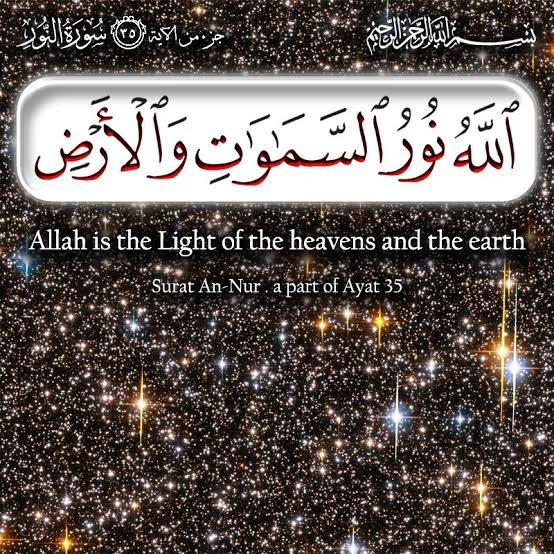
What is Pantheism?
Pantheism refers to the knowledge of everything’s unity with God. According to such definitions, everything in the universe is a representation and manifestation of the Holy Lord. Accordingly, God is not like a mason who builds an apartment and decorates it; but he is the exact reason behind existence. Due to pantheism, when you look at a creature, human, or anything in nature, you are looking at a miracle of God; at the same time that should not limit you, for God is everywhere and inside everything. A famous Iranian mystic says: “God is the truth of every single truth”, and the same to this Imam Ali (A.S) says: “I did not see anything, unless I had seen God before it, after it, and within it”.
Pantheism in mystical definitions resulted in more peace and serenity. Then according to Islamic mysticism, a mystic would not see people as believers and pagans. A mystic would love everything and everyone, the same way prophet Mohamad did. There is a heavenly verse in the holy Quran that narrates the behavior of Mohamad (A.S) and his true followers: “And the servants of the Most Merciful are those who walk upon the earth easily, and when the ignorant address them (harshly), they say (words) of peace” (Quran, 25: 63).
Sufism in Iran, and the Mystical Rituals
The mystical rituals of pure Sufism in Iran were not different from the Islamic religious rituals. Praying, holding a fast, helping the poor, sharing knowledge, learning, and avoiding the negative energies caused by pride, greed, and anger is a brief narration of genuine mysticism and Sufism in Iran. Sufism in Iran was somehow a simple practice of humanity but in a spiritual way. The different mystical methods and branches had different styles of prayers and rituals, but they were not so different in depth.
Some Iranian mystical branches believed in a spiritual dance (known as Sama). Sama is a spiritual state in which the Sufi is so devoted to God that s/he dances in a spiritual way and same time s/he cites his/her God with the Quranic and mystical names. Some other mystical branches would rather call their God in silence, rehearsing Quran and praying with hearts full of love for God. Even in some mystical branches mystical music entered the rituals and became a way of expressing love to God and his messengers.
Spirituality and Mysticism in Iran
All in all, the different branches and figures had one thing in common; and that was spirituality and humanity. The story of mysticism is not ended anyway. Different Iranian mystics and masters of Sufism in Iran shared their knowledge with their best pupils and followers. They continued the path of their masters to share spirituality with people of different ages. Spirituality is perhaps the medicine of lost human beings who have forgotten the treasures inside their hearts. Perhaps spirituality and mysticism is the key to peace and love as Ibn Arabi says:
“My heart has become capable of every form. It is a pasture for gazelles, a monastery for Christian monks, the pilgrim’s Ka’ba, the tablets of the Torah, and the book of the Quran. I follow the religion of Love. Whatever way love’s camel takes, that is my religion, my faith”.
Mysticism in Iran and Famous Iranian Mystics
Iran is the land of saints and mystical figures. Apart from the holy shrine of Islamic figures in Iran, the tombs of many Iranian mystics and Sufi masters are in different Iranian cities. Some of the Iranian mystics are not buried in Iran and their tombs are in other countries. The most famous Islamic Iranian mystics are:
- Rumi
- Hafez
- Saadi
- Attar
- Shah Nematollah Vali
- Bayazid Bastami
- Sheikh Bahai
Famous Iranian Mystics – Rumi
Rumi (Jalal-al-Din Mohamad Balkhi) is one of the most popular mystics in the world. He spent his childhood learning religious and mystical definitions from his father Sultan-al-Olama and other famous Iranian mystics. He was 13 years old when their migration from Balkh started. Through Rumi and his family’s journey around Iran, he met with many famous Iranian mystics who saw the sparks of mysticism in him. Attar as a friend of Rumi’s father was their host in Neyshabur.
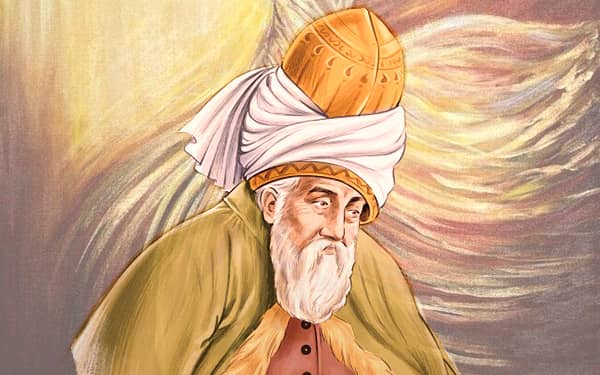
How Rumi and Attar Met
It is a famous story that Attar was speaking with Rumi’s father (Sultan-al-Olama) when suddenly Rumi showed up. He was walking with bare feet, and they asked him about the reason. Rumi who was a young kid answered that he had left his shoes down a walnut tree to pick some walnuts. As he picked the walnuts and came down, his shoes were stolen. Attar asked him: “What did you learn from this?”. Rumi answered: “This reminded me of human life. Humans leave the truth down the tree of the world, to pick some of the walnuts of their passing life. When he dies and he returns to his origin, he finds that the main truth of his life is lost. As Attar heard him, he turned to Sultan-al-Olama and said: “This young man will soon enlight the fire inside the heart of the truth seekers”.
Attar was right. Molana (or so-called Rumi) became a great mystic. After he met his biggest master, Shams, everything in his mysticism changed. After that, he entered the climax of mysticism. Rumi shared his wisdom, knowledge, and mysticism with many famous mystics and he guided many people to the truth. Also, as one of the best Iranian poets, he wrote lots of poetry, mysticism, and philosophical books. Masnavi as his most brilliant book is so inspired by the holy Quran. The tales and poems of his spiritual Masnavi are so in connection with mysticism, Sufism, and religion. This miraculous book has inspired many people all around the world. Sheikh Bahai, a famous Iranian mystic and scientist says: “I do not say that Rumi was a prophet, yet his book is a holy book”.
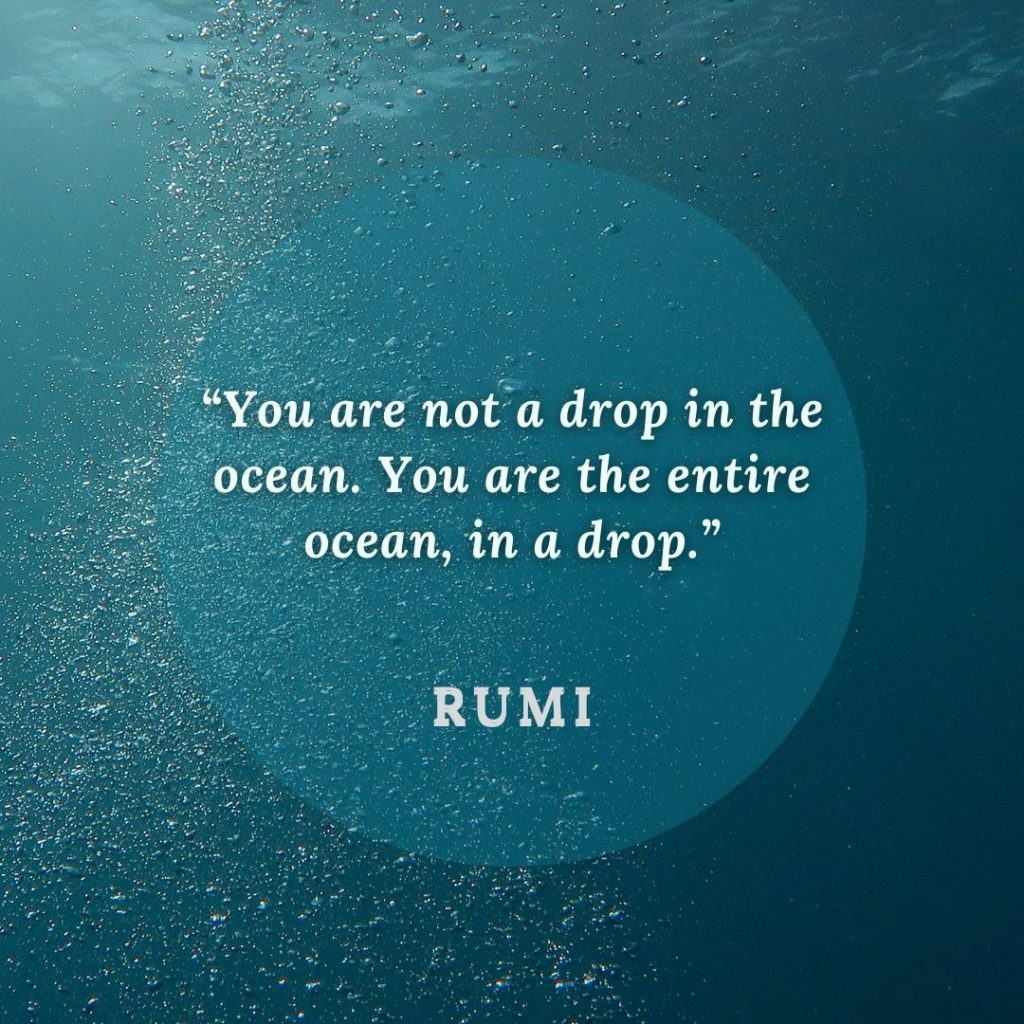
A Molana’s Poem
Here is a translation of one of Rumi’s poems about the time of death and the freedom of humans after that:
“Die in love, die in love
Find your spirit, as you fly
Die in love without fear
For far from dust, there is a sky…
Die and escape your ego
For you are the prison of your own
Break and leave the prison
Then you will find your throne
Die for the sake of the Lord
Then seek freedom in death
Die above the skies
And then you can take a deep breath…”
Hafez
Hafez, the mystic poet of Shiraz, is one of the loveliest figures of mysticism and Sufism in Iran and Islam. He spent about 40 years of his early life studying the Islamic definitions, Quran, mysticism, and Sufism. He loved the holy Quran so much that he memorized all of it. The influence of the Quran on Hafez is so much that many Iranians consider Hafez’s Sonnets as Persian literary translations of the Quran. Hafez has mentioned his mystical love for Quran in some of his poems. In the final line of one of his lovely sonnets he says: “Oh Hafez, I swear to the Quran you have in your heart, I have not seen better than your sonnets”.
Hafez was in touch with many famous Iranian mystics and Sufis of his age, yet he was unique. He never accepted a distinct mystical branch for himself; though he respected all of them. In most of his poems, he mentions that the truth is found in peace and love. His love for God and the Islamic saints is covered in conceptual metaphors through his sonnets. In lots of his poems, he mentions that hypocrisy is a horrible sin, and an unbeliever is way more respectful than a hypocrite.
Hafez also believes that God can be found everywhere; even in the caverns and unholy places. Humanity along with spirituality are the main concerns of his mysticism. Here is a line from one of his beautiful sonnets about peace: “The serenity of all worlds is not gained without these two; peace with enemies, and kindness with friends”. All in all, I can say Hafez was a John Lennon of his age (LOL).

Famous Iranian Mystics and Poets – Saadi
Moshref al-Din Mosleh (so-called Saadi) is one of the most popular Iranian mystics and poets. What makes him different from the other poets and mystics, is his logical view of life and society. He was a well-educated man and he was also a great tourist😊. Saadi traveled to many cities and countries to find truth and learn about human life. He has written many of his experiences (gained through his travels) in the book of Golestan (which means rosery). In that book, Saadi talks about different subjects such as love, silence, government, and so on. Saadi does not see things in black and white. He reacts to human behavior as natural occurrences which can be translated good or bad.
Saadi is also famous for his great love for the holy prophet and his family. His mysticism is a logical journey of consciousness. Saadi also shows his love for God in many of his poems. He also believes that pure physical love can be an act of mysticism. Iranians, especially Shirazi people love Saadi so much. Saadi’s tomb is located in a very beautiful garden in a land that used to be his, next to his Khaneghah (Khaneghah is a spiritual praying place for Sufis). Saadi’s poems are famous for great logic and romanticism at the same time. Here is a translation of a line from one of his popular poems about love: “From the first days I was conscious not to lose my heart; I saw your beauty all my consciousness faded away”.
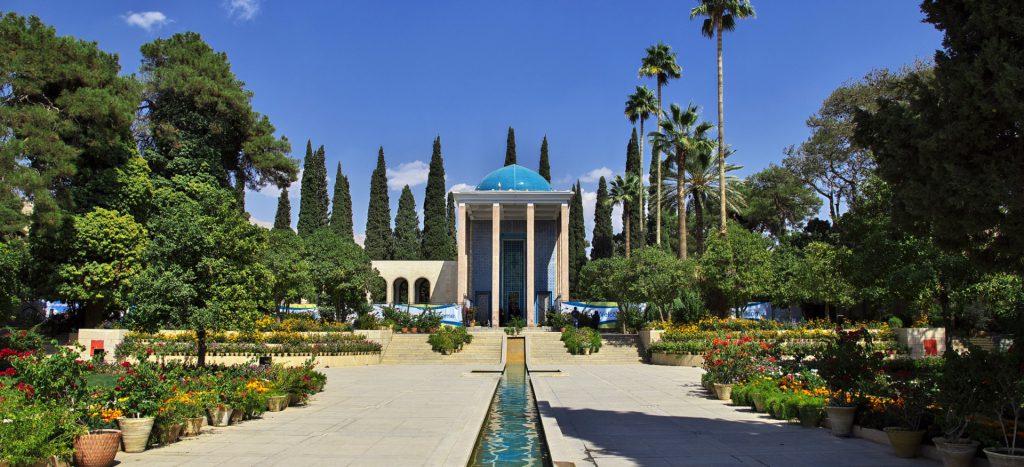
Attar, Famous Iranian Mystic
Farid-al-Din Attar is a famous Iranian pharmacist, poet, and mystic. Many experts consider him one of the most influential people in Rumi’s life. Attar has rich literature. He has many different poetry books on mysticism, Sufism, philosophy, and religion. One of the most popular Attar books is Mantiq al-tair (the Conference of the Birds). In this book, he mentions that the freedom of humans can only happen through unity. The theme and story of the book are so close to the animation “Chicken Run 2000”.
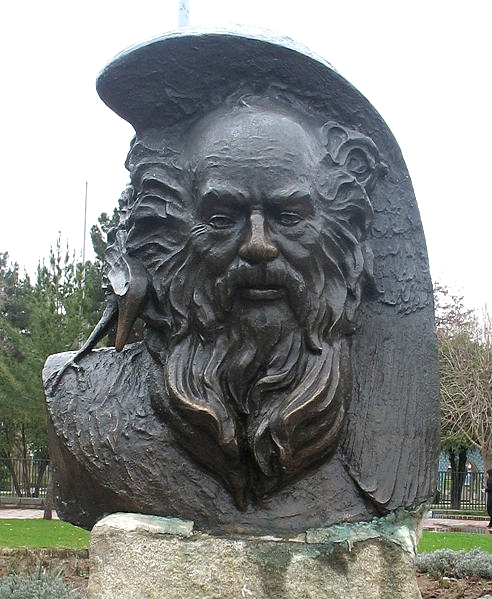
Attar is one of the influential mystics of Pantheism too. In many of his books, he mentions his love for God, the holy prophet, Islamic figures, and other Iranian Islamic mystics. He also has a book (Tazkirat al-Awlia) in which he narrates a symbolic biography of many Iranian and Islamic mystical figures. As an example, in the biography of Sheik Junaid Baghdadi (a famous Islamic mystical figure), Attar narrates a wonderful tale:
One night Sheikh was walking in the streets of Baghdad with one of his followers. As they were walking, they heard a dog barking. Sheikh Junaid answered the dog: “Laka Labaik” (which is a kind of prayer to mention you agree with all God wants). The Sheikh’s follower was amazed and asked the Sheikh: “Why would you say this prayer in the answer of a dog barking?”. The Sheikh answered: “The dog is not away from God. It is one of his manifestations. God speaks through everything and he is visible everywhere”.
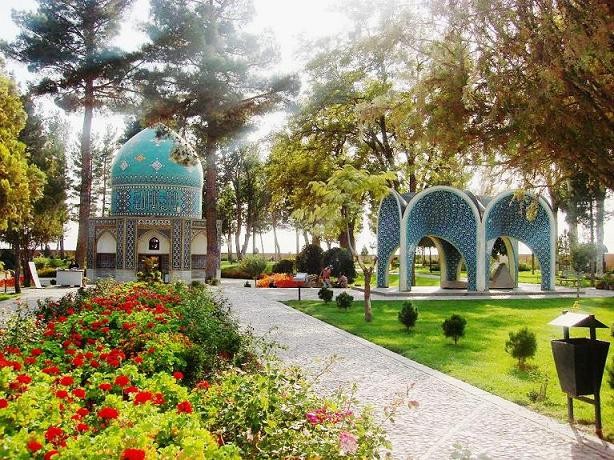
Shah Nematollah Vali
Shah Nematollah Vali is a famous Iranian poet and mystic. He is also one of the masters of mysticism in Iran that has lots of followers nowadays. Although he is not alive, many people love him so much that they consider him their guide and master. He is also famous for his poems and predictions of the world’s future. Shah Nematollah Vali met Ibn Arabi when he was young and learned a lot about mysticism from him. He traveled to many cities and countries, met with many Sufi masters, and gained knowledge about the truth. His shrine is located in Mahan, Kerman, and many people visit his tomb to show respect and enjoy the spiritual architecture and atmosphere of his shrine.
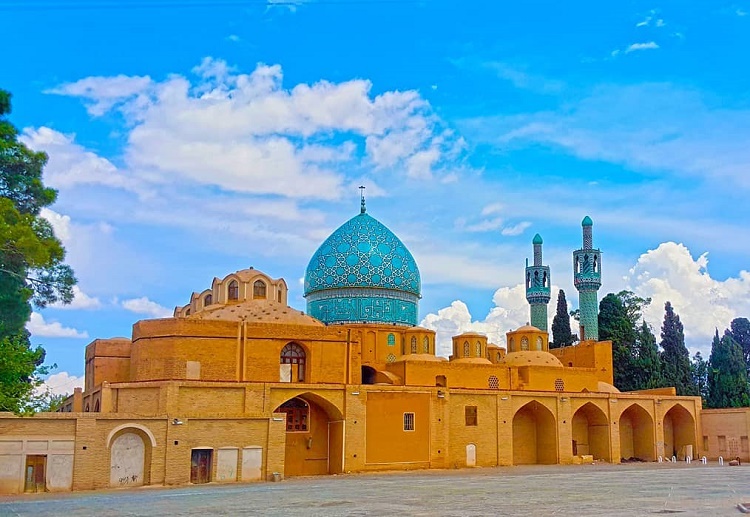
Bayazid Bastami
Bayazid Bastami is a famous mystical figure in Islam and Iran. Many people believe that he was a pupil and follower of Imam Jaafar Sadegh, the 6th Imam of Shia Muslims. Bayazid is called the Sultan al-Arefin which means the King of the Mystics. Many Iranian mystics showed great respect to him and believed in his definitions. Bayazid was also very kind to his mother and he served his mother well. Some say that one of the reasons behind his significant growth in Sufism and mysticism is his mother’s prayers for him. Bayazid was devoted to God and he believed that a real mystic should drown in the ocean of divine love. There is a lovely quotation from him:
“The world is pride in pride for those who follow it, the heaven is joy in joy for those who seek it, and God’s love is light on light for real mystics”.
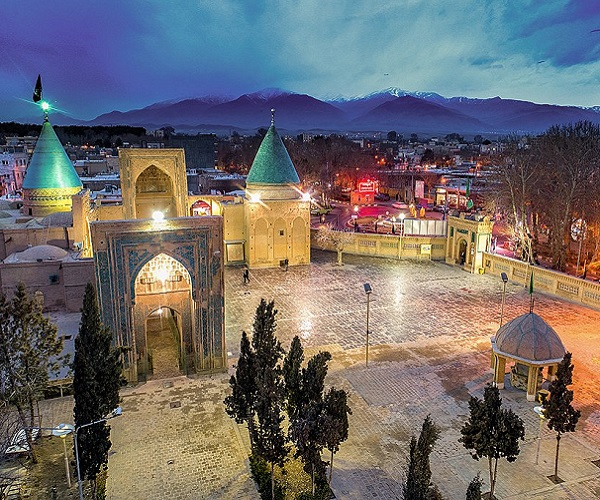
Sheikh Bahai
He was a genius! I’d say he was the Iranian Davinci. He is famous for being a “Know it all”. Sheikh Bahai was a famous Iranian mystic, poet, architect, philosopher, historian, scientist, inventor, religion theorizer, mathematician, and astrologer. He is famous for his Islamic mysticism and love for the prophet, and the twelve Imams of Shia Muslims. Sheikh Bahai was also the master of Mulla Sadra (the great Iranian philosopher) and many popular figures in mysticism and philosophy. He was also a famous and just political figure in the age of Shah Abas, the Safavid king. He has written more than 10 books on different sciences, literary subjects, and mysticism. I love him so much that I always visit him when I visit Imam Reza’s Holy Shrine.
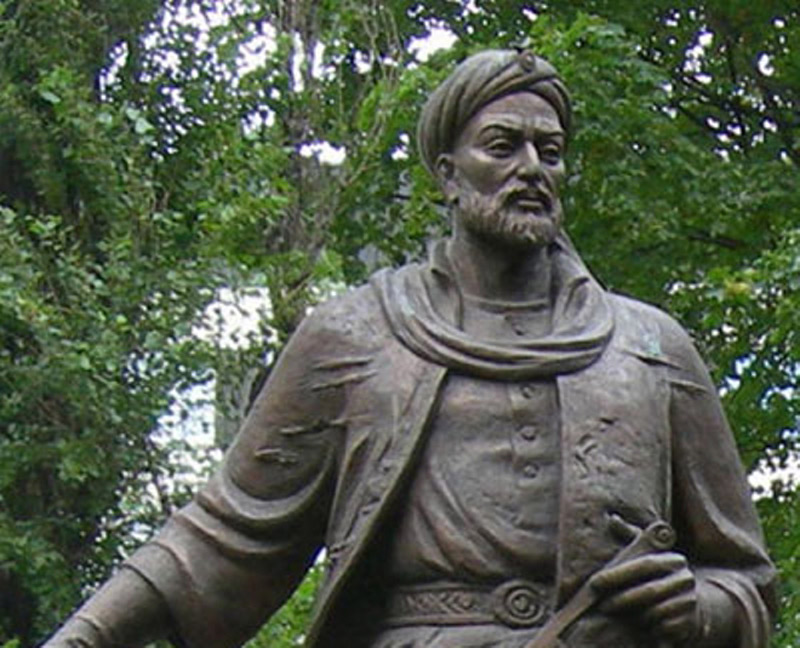
Yes, his tomb is located in Imam Reza’s holy shrine. It is so interesting to know that Sheikh Bahai, this genius mystic, is also the inventor of one of the first water heaters in the world. Not just in science, mysticism, literature, and industry, but he also was a brilliant chef. Halva Shekari, a famous Iranian sweet, is a Sheikh Bahai’s miracle. Sangak bread which is a lovely Iranian bread (and its special oven) was also an invention of his. Sheikh Bahai’s poems are so nice as well. In a short but deep poem, he says: “The word that unloads the burden of sadness off your heart is heard among the broken hearts; all the glasses destroy as they break, but the glass of heart that is revived”.
Final Words
Thank you so much for following us in this passage. Here at IranOnTour, we try to share knowledge alongside the business. We’d also be grateful if you enlighten us with your experience and knowledge. Also, we’d be glad if you let us know how you felt reading this blog.

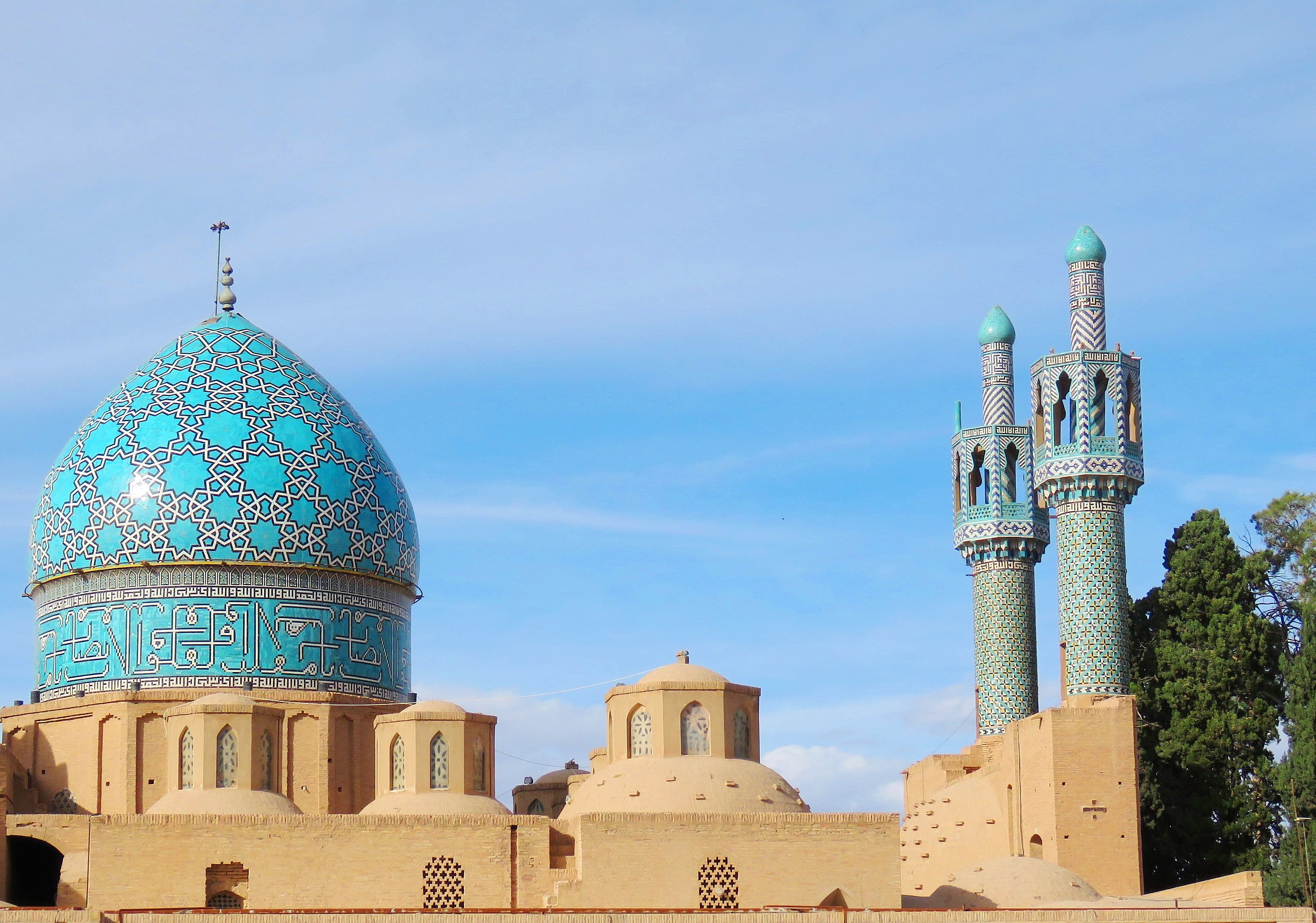



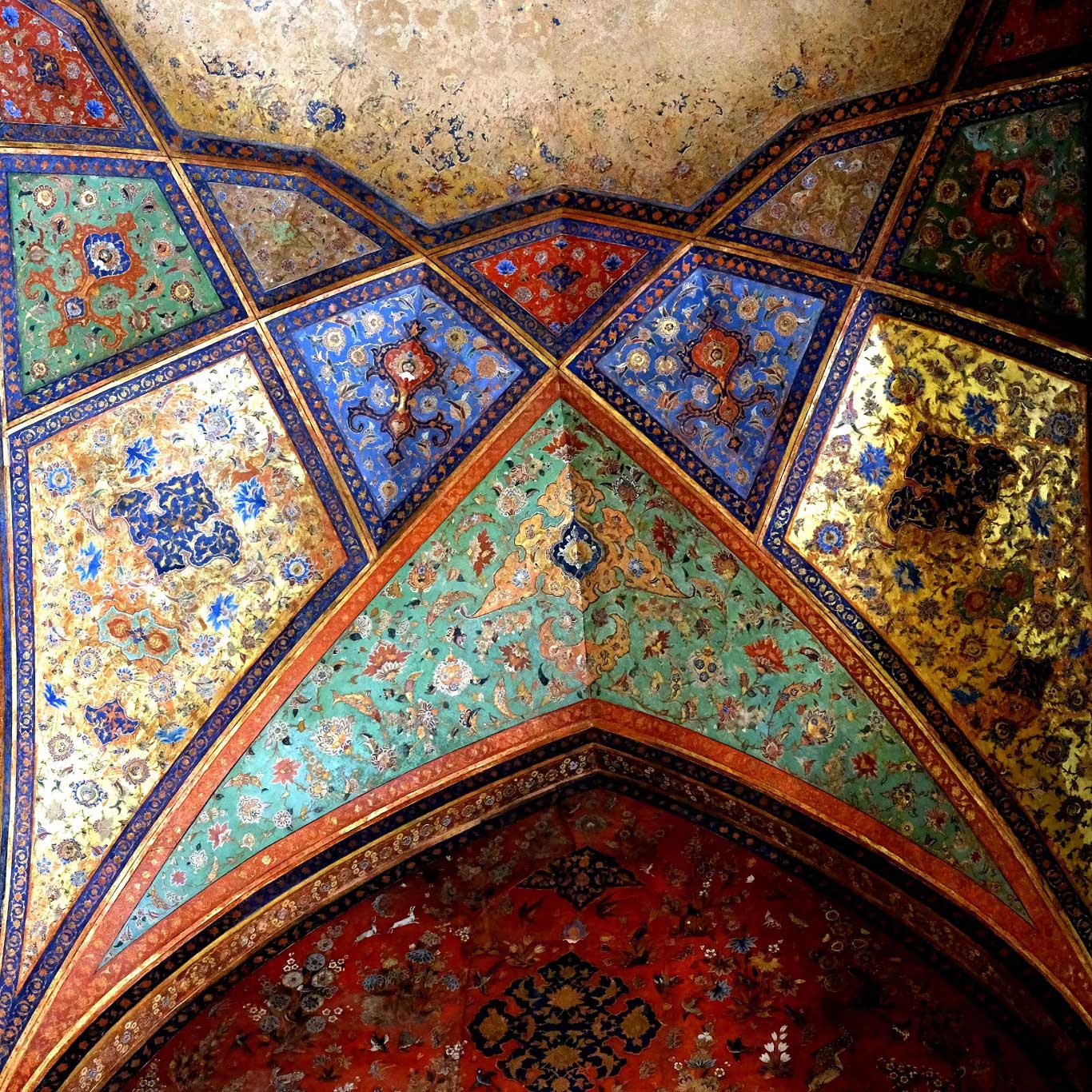
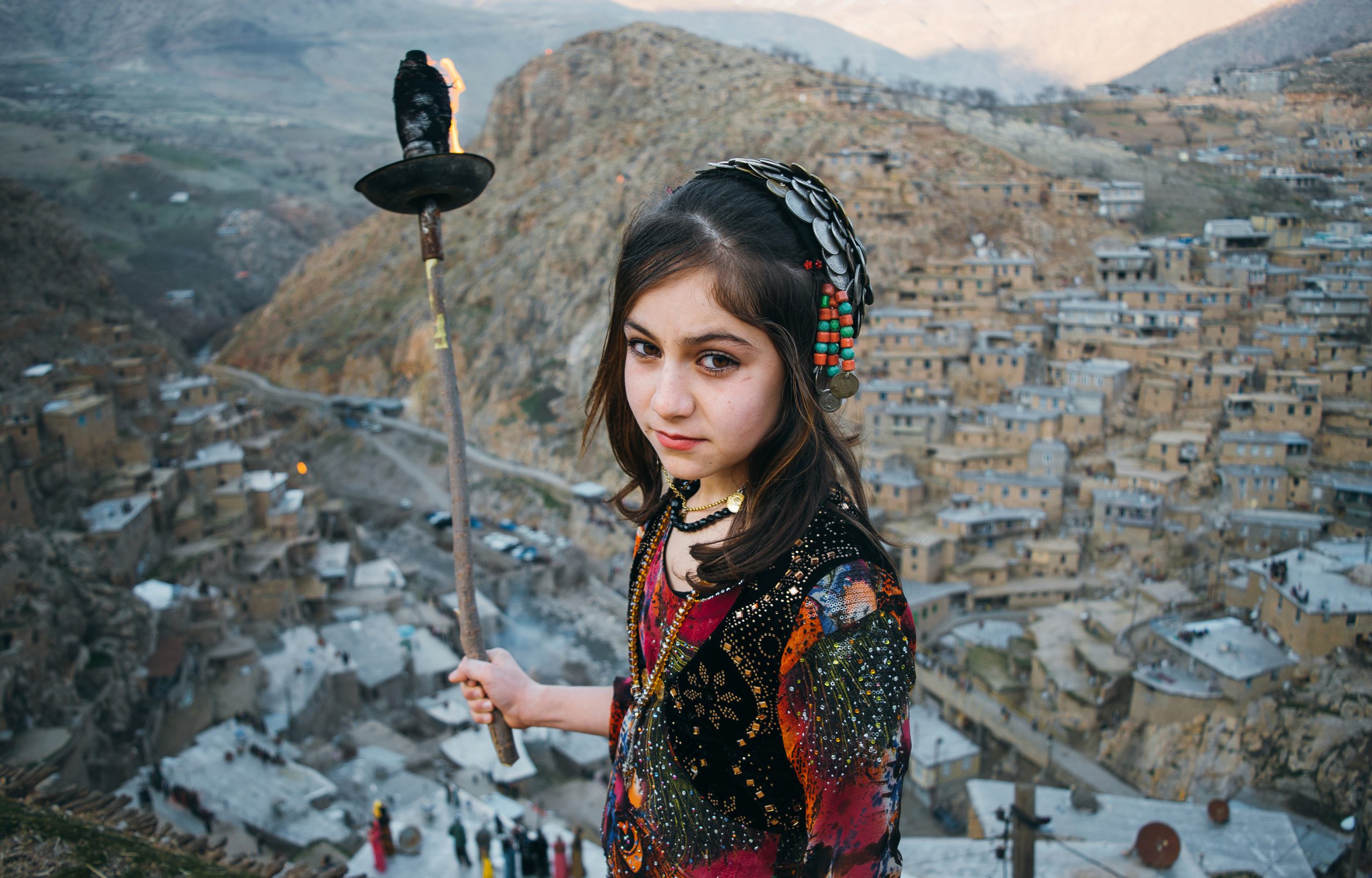
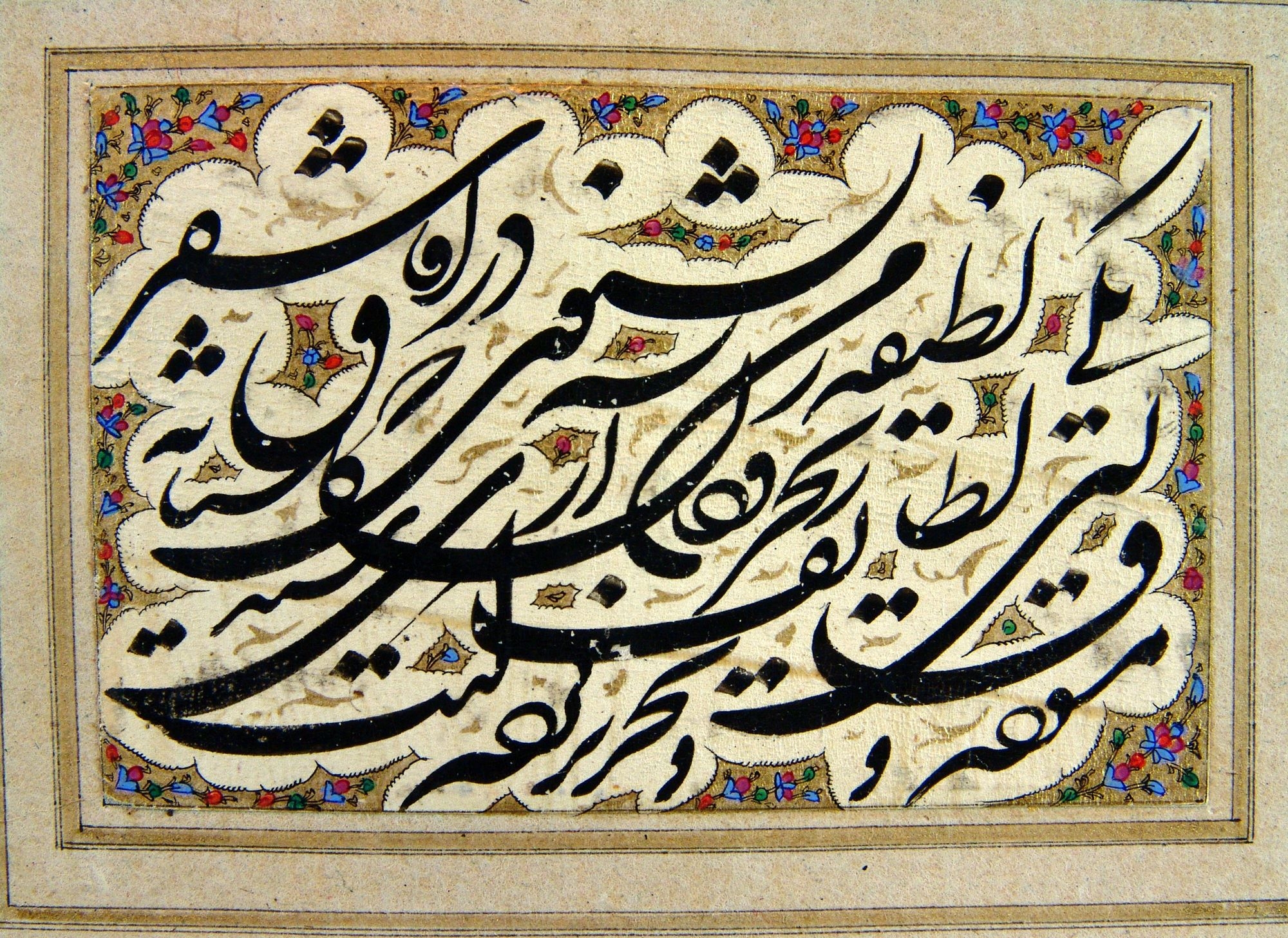
It was a very good article. Thank you 👍🏻 But there was a mistake that Sheikh Baha’i was born in Lebanon.
Dear Armin, I hope you are doing great. Thanks for your kind words. Of course, you’re right! Best wishes.